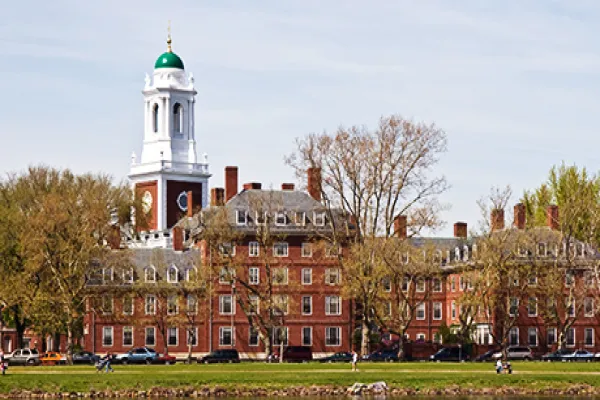Anthony Scaramucci’s 2017 was a year to forget.
The former White House communications director was bounced from the Trump administration in July, within days of his appointment. And the sale of his famous fund of hedge funds SkyBridge Capital to secretive Chinese conglomerate HNA Group has stalled as a review by the Committee on Foreign Investment in the United States drags on.
Less noted: the cellar-dwelling 2017 performance of SkyBridge Dividend Value, a stock mutual fund launched in April 2014.
Class-A shares of the fund, which recently had $301.8 million in assets, returned 8.46 percent last year in an otherwise sizzling market: Its S&P 500 benchmark returned 21.83 percent for the same period. By that count, SkyBridge Dividend Value’s annual return was low enough to place it in the bottom 2 percent of peers, according to Morningstar, and investors have been running for the exits.
SkyBridge’s separately managed fund of hedge funds, meanwhile, returned 8.15 percent in 2017, trailing the S&P 500 but edging out the 7.73 percent return of the average fund of funds, according to Hedge Fund Research. The firm had $10.3 billion in assets as of December.
Scaramucci, contacted through a spokesman, did not respond to a request for comment. A spokeswoman for SkyBridge Capital declined to comment.
Raymond Nolte and Brendan Voege, SkyBridge Dividend Value’s co-managers, use a simple rules-based system to choose the fund’s stocks, not unlike a rudimentary smart beta strategy. They buy the ten “Dogs of the Dow” for the year, or the ten highest yielding stocks in the Dow Jones Industrials. They also choose some 20 stocks from the Russell 1000 Index, according to Morningstar, based on a combination of yield, price-earnings ratios, and profitability, which is determined using the previous year’s return on equity.
The positions are equal-weighted and re-calculated annually. Financials and utilities, two perennially high-yielding sectors, are generally excluded, and holdings are limited to just 25 to 35 stocks.
The result is a focused portfolio — a red flag, according to Noble Prize-winning finance professor emeritus William Sharpe of Stanford University’s Graduate School of Business. “I advocate broad diversification and this fund is very concentrated,” Sharpe says in an email.
With money divided equally among a limited group of names, the possibility of sinking meaningful assets into a stinker, or winner, increases sharply. A big loser last year was retailer L Brands, which comprised 3.96 percent of the portfolio’s weight at year-end and lost the fund some 18 percent, according to Morningstar.
The focused style may differentiate SkyBridge Dividend Value from broad-based exchange-traded funds, but it can backfire. “The fact that the fund is much more concentrated than an ETF is a selling point. The results haven’t justified it,” says Christopher Davis, a senior investment analyst with Morningstar. “Last year was an example of what could go wrong.”
The equal weightings can also tilt the fund to industries that don’t warrant extra investment. “Equal weighting is far from representative of market valuations,” Sharpe says.
And the screens the managers utilize may be simplistic. A high-yielding stock may be a sign that a company is not just cheap, but primed for a dividend cut, as was the case for General Electric Co.
Also, screening for profitability based on return on equity can identify a highly leveraged company, rather than one generating lots of earnings. Morningstar’s Davis says the SkyBridge fund’s investment in struggling retailer Macy’s is an example of this issue.
“The process leads it to troubled names,” he says.
The fund has other things going against it, too — most notably high expenses. SkyBridge Dividend Value class-A shares charge 1.25 percent annually for what should be a low-maintenance, research-light strategy compared to about 0.75 percent for the Morningstar institutional large cap average. Class-I shares, the most popular, charge 1 percent.
“There is no reason to believe that such a simple strategy can provide long-term returns and risk sufficient to overcome its high expense ratio,” Sharpe says.
And the managers don’t seem fond of eating their own cooking. Voege has only between $50,001 and $100,000 invested in the fund, whereas Nolte has zero. Both managers are in effect compensated by the fund’s profitability to SkyBridge Capital, rather than by the fund’s performance, Davis says.
Still, it’s wrong to assume that SkyBridge Dividend Value will remain out of favor. Like a broken analog clock that is correct twice a day, a simple value strategy is likely to regain traction as the market turns to the kind of stocks it favors. But investors may not wait to find out. After inflows in its first three years, SkyBridge Dividend Value was hit by estimated outflows of $205 million in 2017, according to Morningstar.







